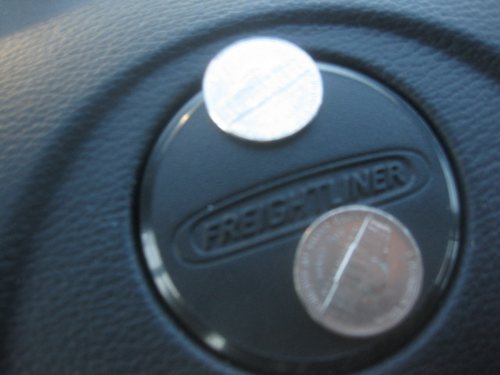
Over the years, I’ve had many discussions with fellow owner operators who are struggling to make ends meet in their business. I usually ask them “what are you doing to trim costs or increase your revenue?” In many cases, these individuals are fantastic drivers. However, they’re missing out on opportunities that would enhance their bottom line. Many of them seem powerless to do anything about their situation. If an owner operator hasn’t done a whole lot to find ways to increase revenue or decrease costs I try to help by sharing some ideas for them to improve their bottom line.
My response is to use the “Save 5… Make 5 theory. This method allows you to take action in two specific directions. The first course of action would be to trim costs by a nickel (.05) per mile. First, pay attention to the “type” of truck you purchase. If you drive mostly highway, you will want to select the most aerodynamic truck for your business operation. Here’s how easy you can save a nickel without much effort. It’s pretty much an accepted industry standard that the difference between an aerodynamic truck and a classic truck is one mile per gallon. Here are some math calculations to show you the comparison. We’ll figure on 3.509 as our fuel costs for both of these calculations. At 6.5 mpg your fuel cost would be .539 cents per mile (CPM). At 7.5 mpg your fuel costs would be .467 CPM. The result is a difference of .072 CPM. During a fairly normal driving year of 120,000 miles, this would add up to a savings of $8,640.00. We’re over a nickel and we haven’t even touched on the many other areas of potential savings. Tire selection is also very important. If you go from the worst tire to the best tire in regards to fuel mileage, there can be as much as 10% difference in fuel efficiency. Paying attention to costs such as: oil selection, maintenance practices and even shopping around for insurance quotes can save lots of money. As you can see a nickel in savings should be easy to achieve.
If you are leased to a carrier and have the option of selecting your load choices or are operating on your own authority, it’s not difficult to raise your revenue by a nickel per mile. Paying close attention to the effects of supply and demand, market forces and deadhead miles can have you well on your way or beyond the increase of a nickel per mile. Other items to consider are your customer’s perceived values and your negotiating skills. There are many informative books on these subjects.
If we put efforts into these areas and gain .05 cents in income combined with the .05 cents saved, we’re now at .10 cents x 120,000 miles a year = $12,000 in a year of increased income.
Over the years in business, I’ve managed to gain the .05 cents and find myself always looking for that next nickel… in whichever direction it comes.